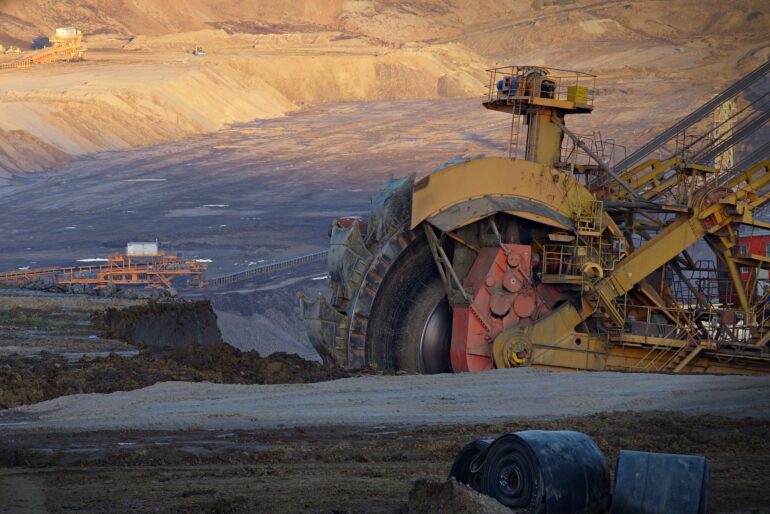TL;DR:
- Artificial intelligence is transforming mining data into valuable ore body knowledge.
- The Internet of Geosensing provides a wealth of data, but AI is essential for turning it into actionable insights.
- Lack of training data is a barrier to successful AI implementation.
- Real-time or body knowledge is an asset that needs to be articulated financially.
- Mining companies require better ore body knowledge to overcome challenges and maintain profitability.
Main AI News:
In the dynamic world of modern mining operations, the volume of data generated can be overwhelming. However, harnessing this wealth of information and transforming it into actionable insights has become imperative for resource companies to make informed decisions. At the recently held World Mining Congress in Brisbane, Dr. David Lawie, IMDEX’s esteemed Chief Geoscientist, emphasized the pivotal role of artificial intelligence (AI) in this transformative process.
In his engaging discourse on artificial intelligence and rapid resource modeling, Dr. Lawie underscored the significance of AI-driven analysis and visualization as the “last pieces of the puzzle.” He shed light on the concept of the Internet of Geosensing—an interconnected network of cloud-based tools and sensors that captures data throughout the mining operation. While this network yields a treasure trove of data, Dr. Lawie emphasized that inundating mining professionals with raw data is counterproductive, as time constraints hinder its meaningful interpretation. This is precisely where artificial intelligence emerges as a game-changer.
According to Dr. Lawie, AI holds the key to unlocking the true potential of the Internet of Geosensing. By employing an AI-driven approach, mining companies can seamlessly convert raw data into actionable information that is readily utilized within the operation, in near real-time. He emphasized the indispensability of this process, stating, “Without such transformation, the data remains dormant, rendering it impractical for widespread adoption.”
However, Dr. Lawie acknowledged that there are obstacles impeding the successful deployment of artificial intelligence in mining. A primary challenge stems from the scarcity of training data. To harness the full predictive power of AI, Dr. Lawie emphasized the need for accurate, measured outcomes provided by mining companies. This data serves as the foundation upon which predictive models can be trained effectively, enabling accurate spatial predictions.
Realizing the true value of ore body knowledge, available upstream in the mining process, is pivotal for companies seeking to maximize their returns. Astonishingly, many organizations fail to capitalize on this wealth of insights. Dr. Lawie pointed out that while the acquisition of ore body knowledge is crucial, it is often misunderstood as the ultimate objective. The challenge lies in effectively communicating this knowledge, utilizing appropriate tools, fostering expertise, and incorporating it into a change-management process. To ensure the value is fully comprehended, it must be articulated financially—a language every business understands.
Prior to his presentation, Dr. Lawie emphasized the growing recognition among mining companies that either enhanced ore body knowledge or a deeper understanding of existing data is imperative. As mining operations encounter more complex ores at greater depths, lower grades, and increased variability, their profit margins are impacted. Mining companies historically targeted high-grade deposits to remain profitable during periods of low prices. However, this approach has left them with compromised mines and lower-grade materials that require sophisticated ore body knowledge to extract profitably. Dr. Lawie observed this as a recurring theme in the industry, emphasizing that measurement of these lower-grade materials is often neglected, despite its vital importance.
Conclusion:
The integration of artificial intelligence in mining operations has the potential to revolutionize the industry. By leveraging AI technologies, resource companies can extract valuable insights from vast volumes of data, transforming it into actionable information for real-time decision-making. However, overcoming the challenges of training data scarcity and effectively articulating the financial value of ore body knowledge is crucial for unlocking the full potential of AI in the market. Mining companies that embrace AI-driven solutions will gain a competitive edge by maximizing profitability, optimizing resource utilization, and successfully navigating complex mining environments. The future of mining lies in the intelligent harnessing of data, enabling companies to thrive amidst evolving industry dynamics.

